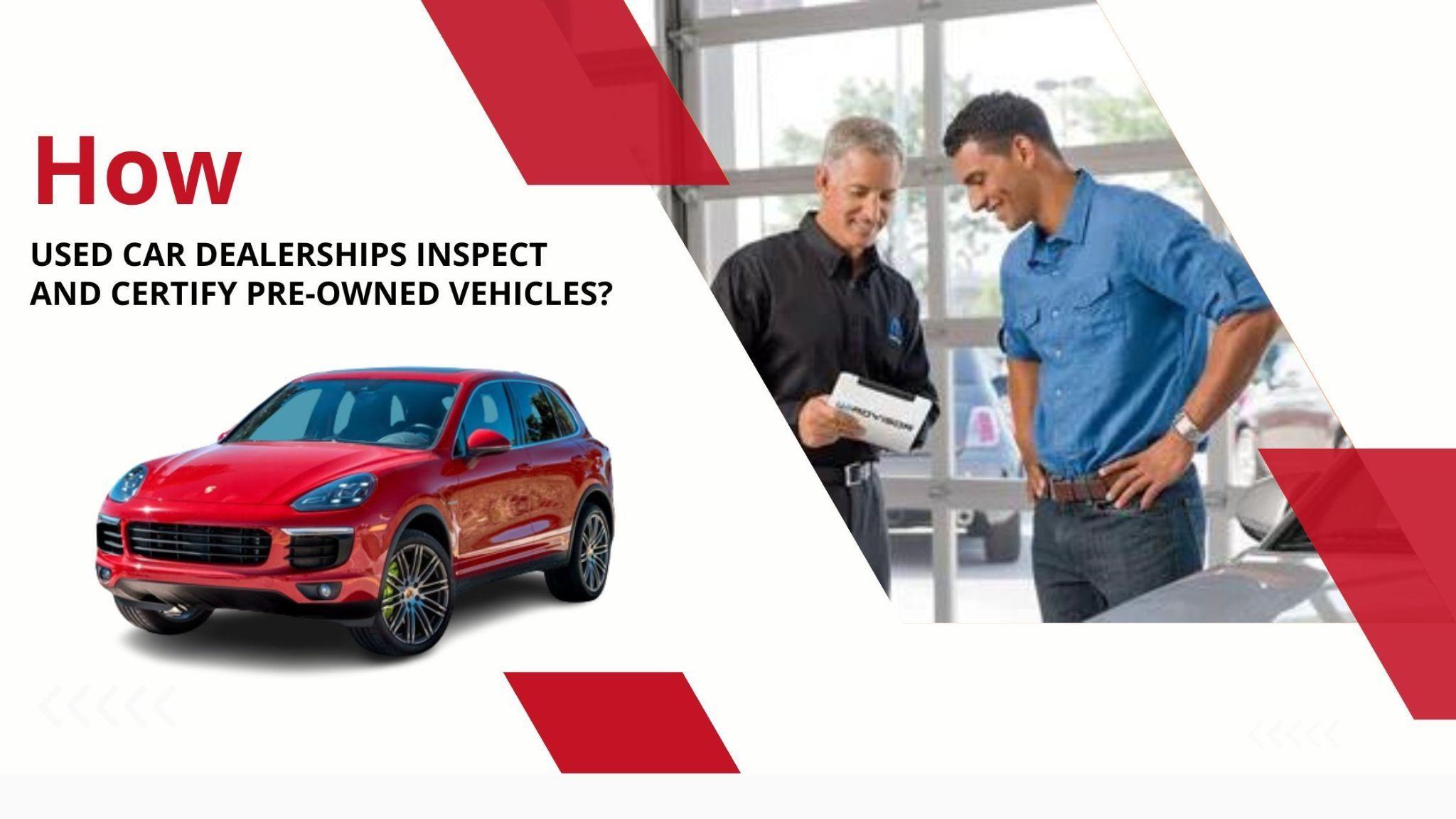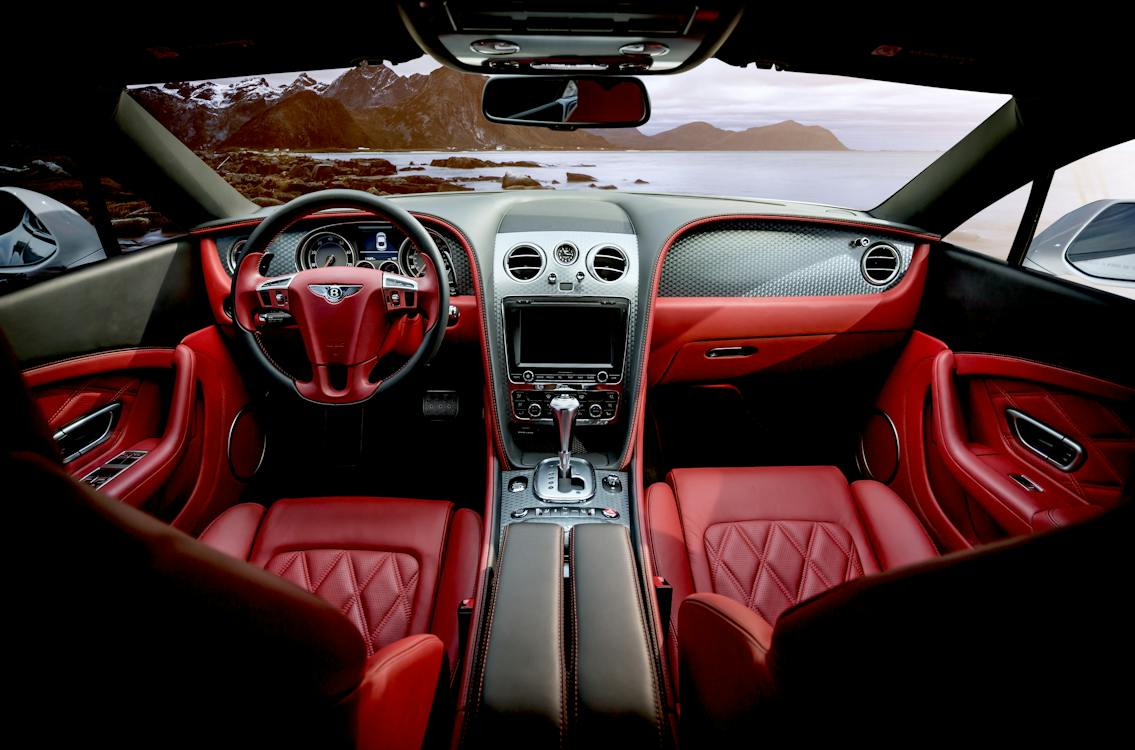Starting with a proactive approach has nothing to do with luck and everything to do with using solid research and investigative abilities to find a trouble-free used car from reputed used car dealerships. By acquiring the skills to spot potential problems and assess the reliability of a used car, you can steer clear of expensive automotive issues down the road. You may get a good deal and stay away from lemons by using the following suggestions.
Finally, find out from the dealer how much of the procedure may be completed over the phone or online. Less time is required at the dealership the more paperwork you can manage remotely.
Exterior and Interior Inspection
Body Condition: Look for dents, scratches, and rust on each panel and the roof. Watch out for panels that aren’t aligned properly or have wide gaps because these signs may point to poor factory assembly or subpar maintenance. Every body panel should have the same paint and polish.
Glass: Take a close look at the glass to check for any cracks or sizable pocked areas. You should bring up a little stone chip during discussions even if it might not be a cause for concern. However, windscreen cracks will enlarge and require an expensive repair.
Tires: The tires reveal a lot about the vehicle. The original tires on a car with fewer than, oh, 20,000 kilometers should most likely still be present. Check that all four tires are the same and be aware of vehicles with new tires that have minimal mileage. Ask why the tires were replaced if the vehicle has tires of various brands.
Odor: Smell the interior of the automobile when you first open the door at reputable used car dealerships. A musty, moldy, or mildew-like smell might indicate water leakage. After taking out the floor mats, inspect the carpet for damp spots. Additionally, an unpleasant odor might suggest that the vehicle was smoked in. You can search for proof of this in the lighter and ashtray (if available). Mold and smoke odors, for example, can be particularly difficult to get rid of.
Seats: Try out every seat, even if you’re not planning to sit at the back. Particularly in a car with minimal miles, the upholstery shouldn’t be torn or severely damaged. To ensure that they all function properly and that you can find a comfortable driving posture, try all the seat adjustments.
Instruments and controls: Start the engine without turning the ignition key. Make sure that upon starting the engine, all warning lights, including the check engine light, briefly come on and then go off. Pay attention to whether the engine exhibits any irregular sputtering when it’s cold and if it idles smoothly. Afterward, assess the functionality of every lever, button, and switch. Turn on the heater at full blast while the engine is running to gauge how soon it warms up. Turn on the air conditioner and check that it blows cold air rapidly.
Roof: In order to determine whether water is seeping via poorly-fitting doors or windows, look for stains or sags in the headliner and roof trim. Verify that the moonroof or sunroof opens and closes correctly and seals tightly when closed. Light up the convertible top with a torch to check for tears.
Battery: Certain “maintenance-free” models come with a built-in charge indicator: Green often signals a healthy battery, while yellow or black usually suggests a deteriorating one. However, these indicators only offer insight into a single cell and may not provide a dependable evaluation of the battery’s overall condition. To inspect the liquid level, if the battery is equipped with filler caps, clean the battery’s top surface with a cloth and then cautiously remove or unscrew the caps. If the level is low, it could indicate that the battery has been under excess strain. For a comprehensive evaluation of the charging system and a battery load test, it’s advisable to consult a qualified mechanic.
Hoses and Belts: Various rubber hoses leading to the radiator, air conditioner, and other components should be squeezed. Instead of being mushy, fractured, or rock-hard, the rubber should be firm and flexible. To check if the drive belts are frayed, feel them.
Conclusion
The process of inspecting and certifying pre-owned vehicles at reputable used car dealerships is a meticulous one. It involves a proactive approach, solid research, and investigative skills to ensure you find a reliable and trouble-free used car. By carefully examining the exterior and interior, checking for body condition, glass quality, and tire consistency, and addressing any unusual odors, you can make an informed decision.
Moreover, testing seats, instruments, and controls, and assessing the roof’s condition can reveal potential issues. Don’t forget to inspect the battery, hoses, and belts to ensure the vehicle’s overall health. Ultimately, a thorough inspection helps you avoid future car troubles and secure a good deal. Plus, dealerships may offer options to complete paperwork remotely, making the process more convenient.



